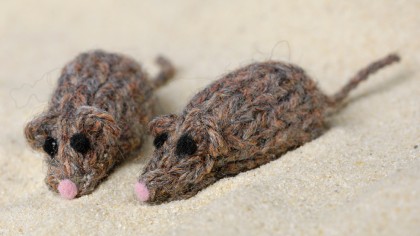This magic T-shirt can make you attractive to women
Just make sure the 'T' is right, OK?
NASA's new telescope stares directly at the Sun so you don't have to This week, NASA launched a brand new telescope to probe what it means to be the Sun's chromosphere.
The $181 million Interface Region Imaging Spectrograph (IRIS) spacecraft will delve into the region between our Sun's surface and its absolutely-scorching corona or main mass. The corona is estimated to be around the 1 million Kelvin mark, while the surface of the star is only 6,000 Kelvin.
By studying short-lived jets of plasma that shoot out of the Sun's surface, it's hoped that astronomers will be able to discover the role of the chromosphere and how it interfaces with the immense heat of our Sun's core. [New Scientist]
Some stars are just greedy when it comes to planets For the first time, astronomers have discovered three different habitable planets within the goldilocks zone, all orbiting the same star.
Gliese 667C has up to seven planets in orbit, with three balls of rock circling within the habitable zone. The record-breaking system is just 22 light years away, and itself is part of a triple-star system making its corner of the galaxy pretty crowded indeed.
The planets are so close that if intelligent life has developed on them, it would be easy to build rockets to planet hop. Aliens might even be watching aliens, while being watched by yet more aliens. [ESO]
Mouse cloned from a single drop of blood Japanese researchers have been able to clone a mouse taking blood from its tail to create some 600 genetic replicas that all lead a normal, viable life.
Get daily insight, inspiration and deals in your inbox
Sign up for breaking news, reviews, opinion, top tech deals, and more.

In a quest to find a good way to maintain useful laboratory mouse breeds, the biologists took white blood cells from the donor mice and proved, for the first time, that you could use their nuclei in traditional cloning methods, like those used to produce Dolly the sheep.
While cloning mice isn't new, this technique demonstrates that even a tiny drop of blood contains more than enough DNA to clone an animal, which is fantastic news for scientists, but could be a scary thought if human cloning ever got off the ground. [BoR]